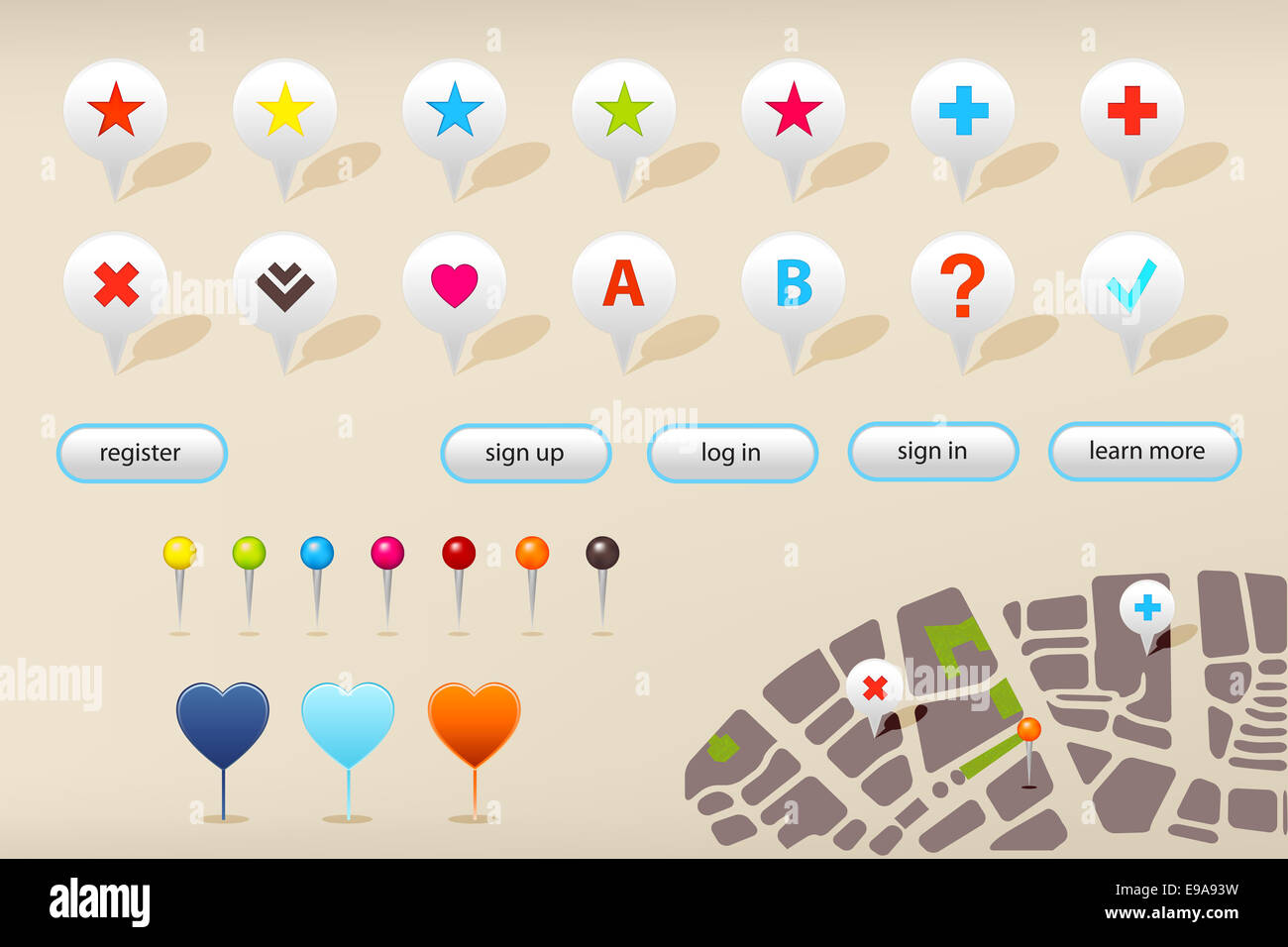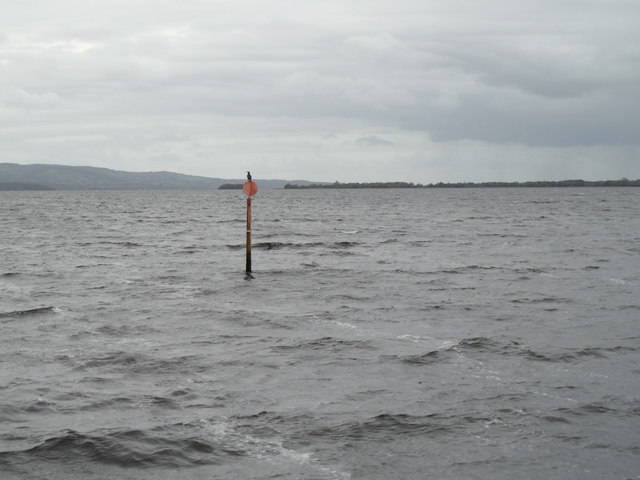

As he passed over the inner NDB again, he reduced engine power and placed the airplane in a landing attitude and waited for it to touch down on the runway. Crossing the outer marker, Hegenberger made a 180° turn back toward the inner NDB and began his descent.

When the lights on the instrument panel came on indicating that he was directly over the inner marker beacon, he turned toward the outer NDB. He passed over it at a pre-planned altitude. (San Diego Air and Space Museum)Ĭaptain Hegenberger turned toward the inner NDB from a distance of 50 miles (80 kilometers). A hood covers the rear cockpit, preventing the pilot from seeing outside. When the airplane was heading directly toward the NDB, the needle pointed to zero. The radio compass aboard the airplane would indicate the direction of the NDB relative to the airplane and lights would illuminate when it passed over the marker beacons. Both had marker beacons which would signal that the airplane was directly overhead.

They were aligned with the runway centerline. Hegenberger had located one NDB 1,500 feet (457 meters) from the airfield boundary, and another at 1½ miles (2.4 kilometers).
AIR NAVIGATION MARKER SERIES
The Hegenberger system, which was adopted by both civil and military aviation authorities, used a series of non-directional radio beacons (NDB) and marker beacons on the ground, along with a radio-compass and other gyroscopic instruments and radio receivers aboard the aircraft, a Consolidated NY-2 biplane. : At McCook Field, Ohio, Captain Albert Francis Hegenberger, Air Corps, United States Army, flew the very first solo instrument approach and landing, using a system which he had developed. Captain Albert Francis Hegenberger, Air Corps, United States Army.


 0 kommentar(er)
0 kommentar(er)
